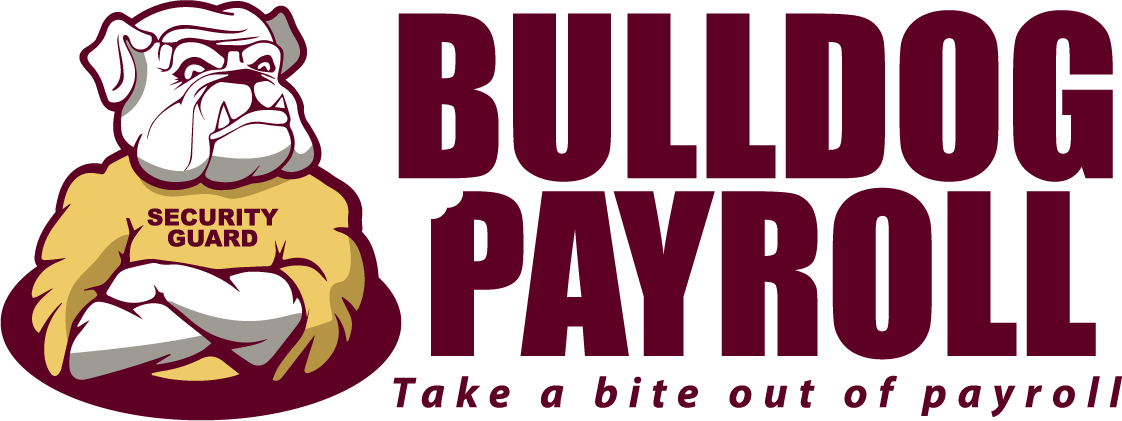Payroll Software vs. Payroll Services: What’s the Difference?
When it comes to running a successful small business, payroll is one of the last things on your mind. Your goal is to create products and serve your clients, creating the best possible experience for them.
But in order to do that, you need motivated employees to make your business run. And they certainly won't be motivated if they aren't getting paid on time.
That's why payroll processing is a crucial function for businesses. And finding the proper channel to handle your payroll is imperative for helping stay on top of payroll. Payroll software vs payroll services, is there a difference, and is there a better option for your company?
When deciding between implementing payroll software or hiring a payroll service, consider the positives and negatives of each method, which are covered in detail below.
What Is Payroll Software?
Payroll software is usually offered as a SaaS product, or software as a service. That means you'll pay a recurring monthly fee to utilize the software.
It can either be downloaded onto a computer or accessed through your web browser. And it lets you, as the business owner, or a designated employee, manage payroll directly.
Payroll software is the DIY method when it comes to payroll processing.
Pros of Payroll Software
Payroll software is a huge industry. Many businesses, both large and small, choose to handle payroll in-house using payroll software. Here's why you might want to take care of payroll on your own, using modern software.
Easier to Make Changes
When you manage your own payroll, making changes or adjustments is quick and easy. You just need to log into your software and edit as needed. It's much quicker than trying to contact a person or company to make a change on your behalf.
More Internal Control
Managing payroll yourself means having total control over the process. You know exactly how many hours each employee works, whether they work overtime, and what their hourly rates are. You get to ensure each team member is paid correctly, and that your company isn't losing money.
Easy Access
Access to payroll software is available any time, day or night. You can always figure out what payroll is going to cost, and how many hours your employees are putting in. When working with a service provider, it may take longer to access some of this information.
Long-Term Vendor Relationships
When you find payroll software that you like using, you will likely stick with it for many years. Having this type of history with a software provider may earn you benefits from the company, including enhanced levels of service, and possibly pricing discounts in the future.
Integrated Human Resources Management
When managing payroll on your own, you have the ability to integrate your payroll system with HR management. The best payroll software makes interconnectivity a breeze. Not only can you manage payroll, but you can manage employee schedules, vacation requests, important documents, and much more from one platform.
Cons of Payroll Software
Even though modern payroll software is easy to use, it's not for everyone. Here's why you might want to pass on DIY payroll processing.
The Learning Curve
As with any piece of software, there's going to be a learning curve. Your first few weeks running payroll on your own are going to be slow and cumbersome.
You'll likely have a lot of questions about the software, so you'll need to reach out to the company's support team, or browse through their FAQs and forums. Basically, you'll be spending a lot of time running payroll, at least in the beginning.
DIY Responsibility for Mistakes
When processing your own payroll, there's a good chance that you going to make a mistake or two from time to time. Mistakes on payroll mean someone is either getting too much money or not enough money.
And once a check is printed, or a deposit is made, it becomes very messy having to deal with it. When handling your own payroll, these mistakes are on your shoulders, and you'll need to figure out how to solve them, which can cost a lot of time.
Fees
Payroll software has moved into the SaaS business model, meaning that you are going to pay a monthly fee in order to use their software. The fee is usually variable, depending on the size of your business, number of employees, and the level of extra functionality you'd like included in your software.
While still cheaper than hiring a payroll service provider, there is cost associated with it.
Is payroll a thorn in your side? Let us handle all the stress related to payroll so you don't have to...
What are Payroll Services?
Using a payroll service is the easy, hands-off way of completing payroll in a timely fashion. Rather than paying for software, you pay a team, or an individual, to complete payroll on behalf of your company.
Pros of Payroll Services
Successful business owners know that delegation and outsourcing are key to long-term growth. Here's why you should outsource your payroll processing to a team of experts today.
It's Easy
It can't be said enough times, using a payroll service is the easiest way to ensure your employees are paid on time, every time. And because a team of payroll experts is managing your payroll, you can rest assured knowing that it's getting done correctly.
Enhanced Assistance
When working with a payroll service provider, mistakes are rare. But if there ever is a mistake, your service provider will handle that. If you have questions or concerns, you can always get in touch with your provider.
The best payroll services will save you tons of time, and free up space in your mind, so you can focus on serving your customers and building your business.
Cons of Payroll Services
The only downside to using a payroll service, as opposed to DIY software, is a higher cost. After all, you are paying highly trained experts to handle this vital task on your behalf.
Ultimately, you have to decide if the higher cost is worth the time and hassle that payroll services save you as a business owner.
Payroll Software vs Payroll Services
Payroll software vs payroll services, which should you choose for your business? Making the choice between implementing payroll software or enlisting the assistance of payroll services depends on the needs of your business, as well as your existing processes.
Payroll software and payroll services differ greatly. Having a strong grasp of your current business climate simplifies the choice. Your level of experience handling payroll will play into it, along with the amount of time you want to spend thinking about payroll each week.
Want to see if hiring a payroll service provider is right for you? You can schedule a free consultation today to learn how Bulldog Payroll can make it easier to manage your business.
Are you looking for more payroll processing information? Check out our
Ultimate Guide to Payroll Processing.
Is payroll a thorn in your side? Let us handle all the stress related to payroll so you don't have to...










